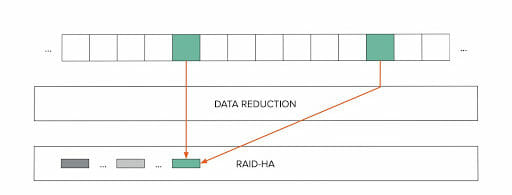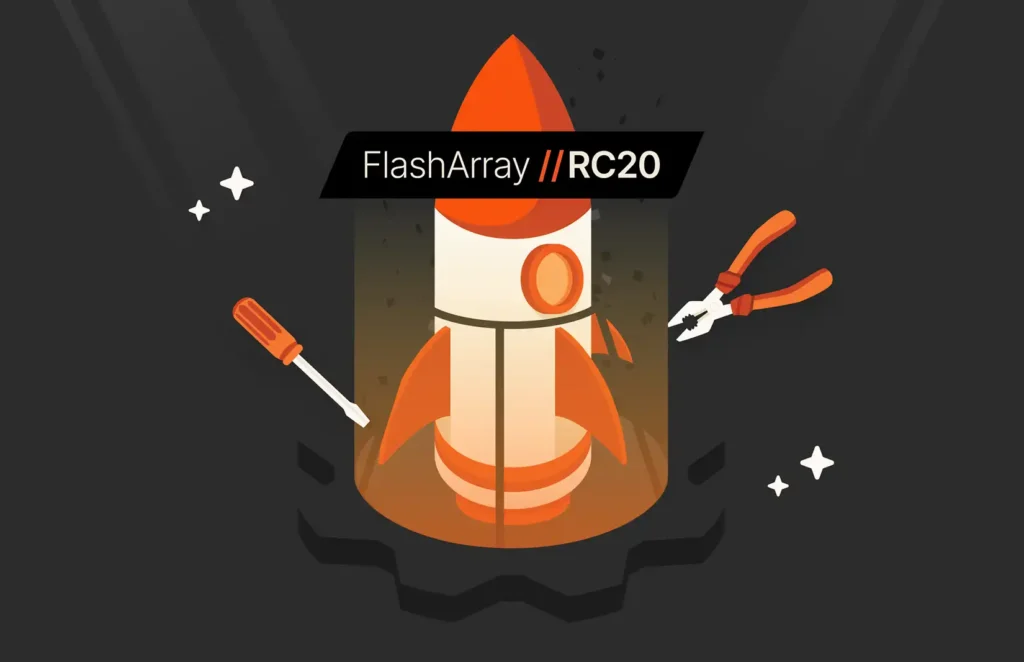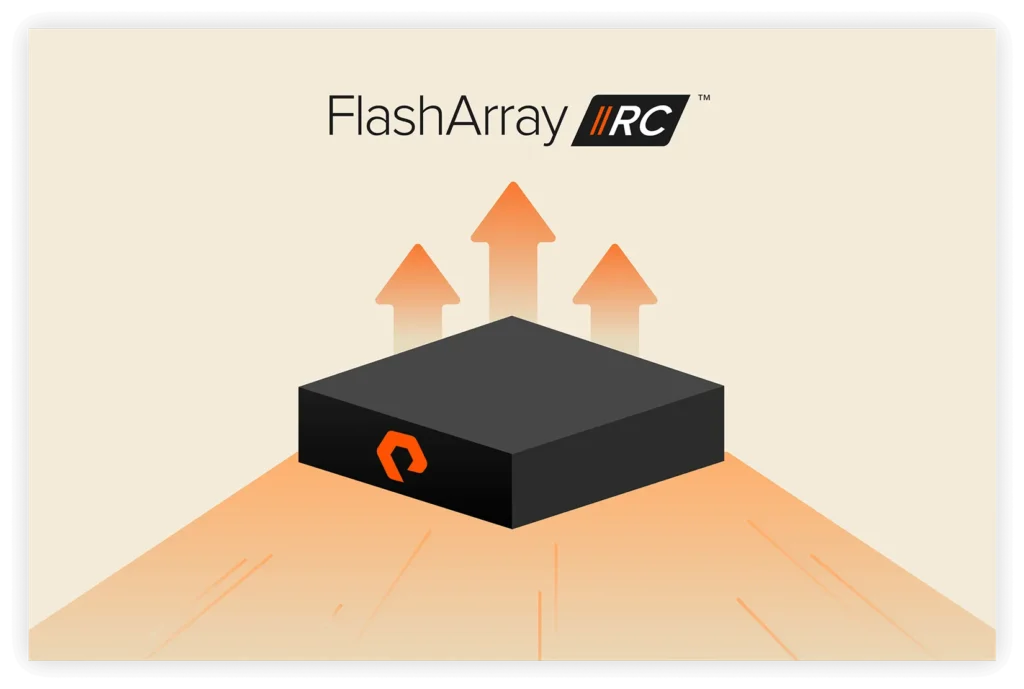This post was published in 2020. Discover the latest in enterprise file services from the Pure Storage platform.
Purity has always rested on three pillars: reliability, data reduction, and simplicity.
Reliability
It’s easy to forget how nervous everyone was about the unreliability of flash in the early days of Pure. We addressed these fears with layer upon layer of redundancy and error correction. We used RAID-6 across devices to protect against any two failing. I personally wrote code to include internal parity pages in each stripe. If you picture RAID across devices operating horizontally, the parity pages within each strip operated vertically:

As it turned out, the rumors of flash’s unreliability were greatly exaggerated. At some point, we realized our lab was full of drives that should have already worn out, but hadn’t. No one ever wrote code to reconstruct data using the internal, vertical parity I’d added. We decided it was overkill. But the many layers of redundancy and error correction remained. Reliability continued to be one of the pillars of Purity.
Data Reduction

The second pillar was data reduction. Flash prices keep dropping, but in our early days, we only saw one way to get within “spitting distance” of disk. We couldn’t lower the dollar per raw gigabyte of flash. But we could lower the dollar per usable gigabyte by doing a much better job of data reduction than any disk array. And we recognized it was flash that made this possible. “Random reads are the devil” for a disk and severely limit inline deduplication. But with flash, random reads—even in the write path—aren’t so scary. And inline, global deduplication becomes thinkable:
Simplicity
The third pillar was simplicity. This didn’t actually have anything to do with flash, except that designing from the ground up for flash allowed us to ask, “Why does managing storage have to be so frustrating? If we‘re starting all over, can we do better? Can we make things simpler? More intuitive?”
Consolidated Storage
These three pillars apply every bit as much to files as blocks: reliability, data reduction, simplicity. To my mind, what’s exciting about bringing NAS to FlashArray is the idea of bringing the same reliability, data reduction, and simplicity to NAS.




